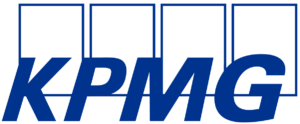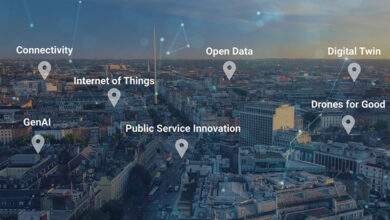Achieving sustainable infrastructure through asset management

The principles of asset management are key to making the necessary investment decisions to transition to sustainable infrastructure but changes from traditional to whole life costing approaches and agility to cope with short- and long-term changes are needed, writes Matthew King, Head of Infrastructure Asset Management, Director Infrastructure and Government at KPMG Ireland.
Asset management has long been the practice of balancing investment decisions across the creation of infrastructure assets and the management of existing ones to achieve the best value over the life of the assets. Historically there have often been competing outcomes that require value and outcome objectives to be balanced against cost. However, whilst some industries have long had environmental performance objectives, the imperative to consider the full suite of ESG is now clear to all. Environmental factors and governance practices have long been discussed by the infrastructure sector.
It is the social focus where the balance of economics and engineering now come to the fore; how do we appraise the social benefits of investment in tandem with the asset lifecycle? Asset management principles aid this dynamic by setting the strategic objectives so that the line of sight to specific assets in operation is clear and aligned. As such, asset management becomes a tool to deliver sustainable infrastructure, with the societal benefits as a key measure.
Furthermore, we are in a period of seismic change driven by climate change, the pandemic and global political and economic patterns. How we live, work, travel has changed and whilst we do not know how much of the change will stay for the long term, the demand on our existing infrastructure has changed and questions are raised on the investment case for new infrastructure — at least as it may have been conceived or indeed approved only a short time ago.
The good news is that the principles that define asset management are key to making the necessary decisions but changes from the traditional approaches and decision support tools are needed.
- Our infrastructure systems are more connected than ever, and these connections are fundamental to achieving sustainable infrastructure. At the national level, strategies and government policy are needed to foster collaboration across industries and joined up planning and decision making.
- Whole lifecycle costing to inform the capital injections needed to achieve sustainability targets.
- Asset policies to deliver on sustainable strategies consistently across sectors.
- The balance between opex and capex — how to use existing infrastructure effectively in the circular economy.
- What is the return on investment on capex vs opex funding? How benefits are defined and measured is key and needs to be consistent. Capex could need longer term incentives to drive the right behaviours and decisions in construction.
- Future proofing — integration of new assets and manage asset obsolesce proactively and responsibly.
Ireland has a maturing asset management capability complimented by the growing capital projects capability to deliver the Project Ireland 2040. With these skills and ambition, the infrastructure sector will be an important catalyst, and needs to be ready to take on the challenge and lead the change at the most senior level in our infrastructure organisations.
E: matthew.king@kpmg.ie
W: www.kpmg.ie






